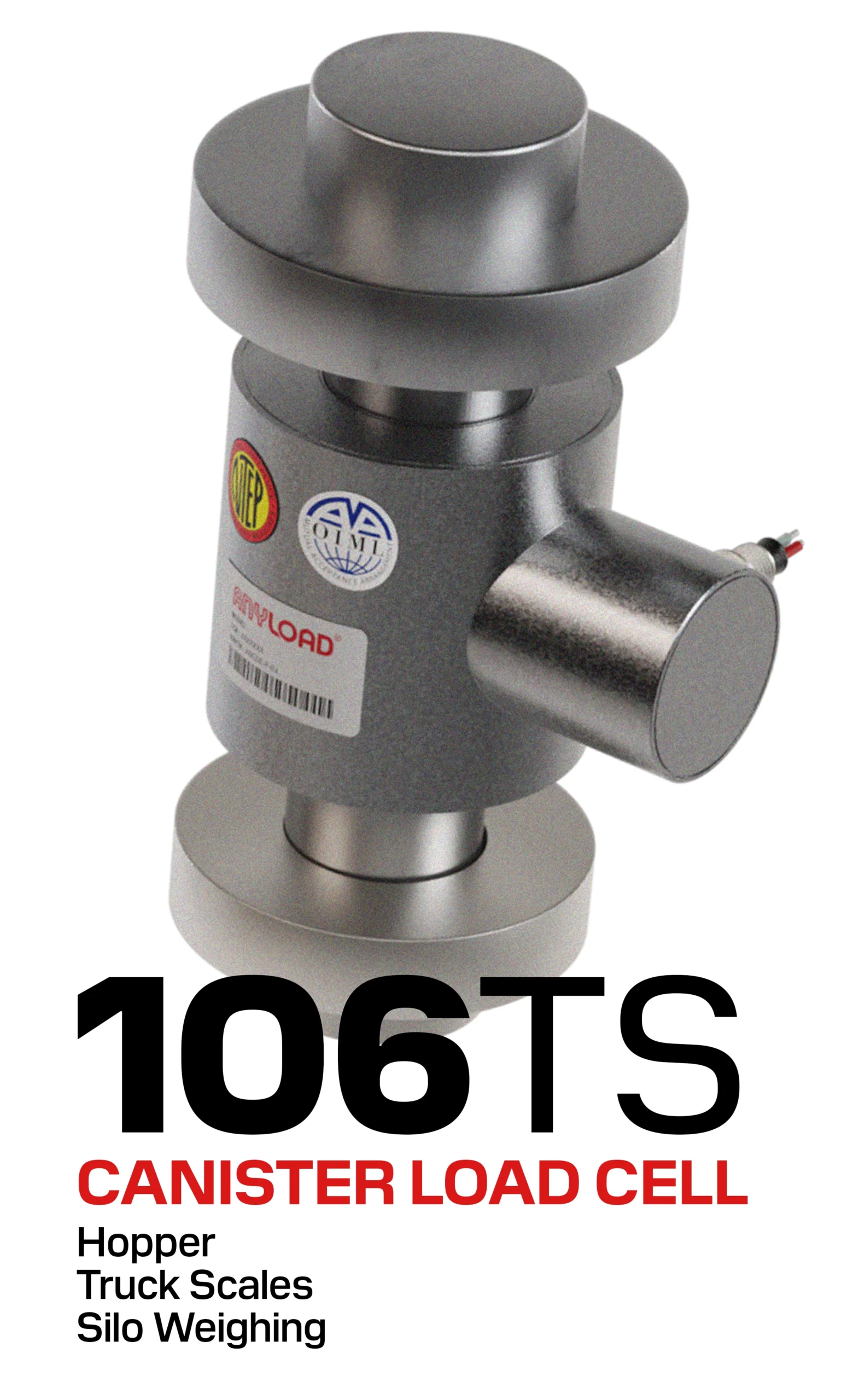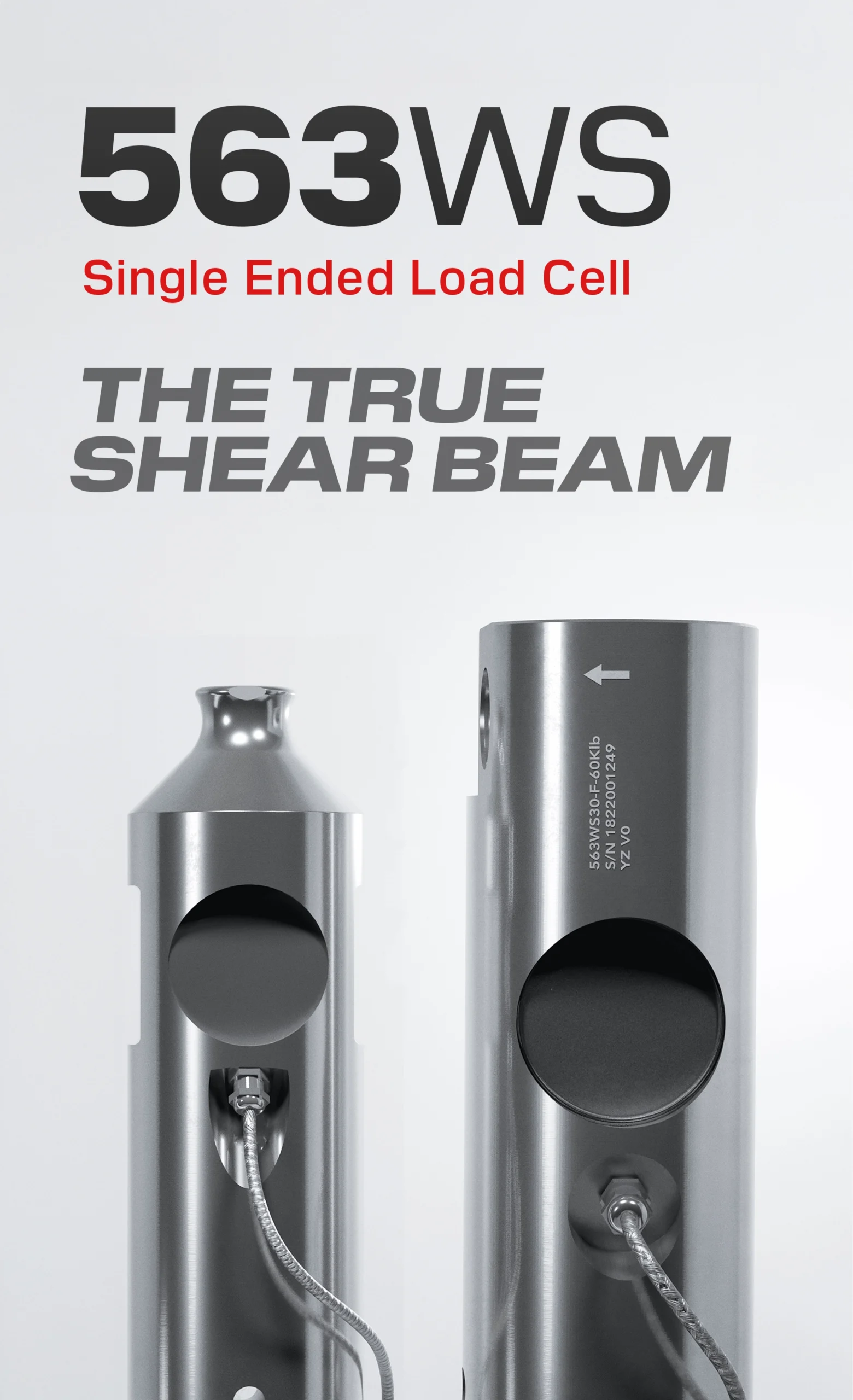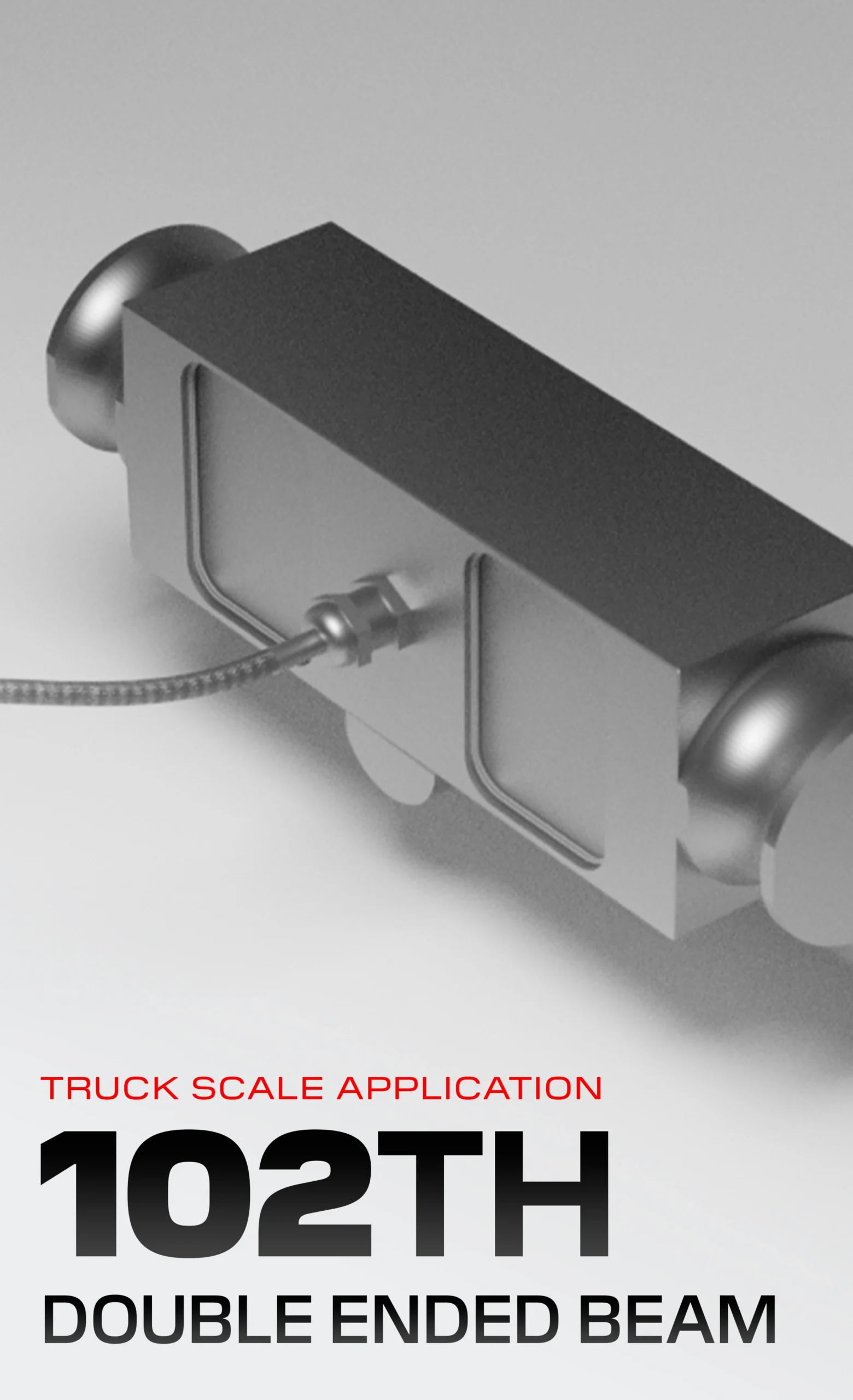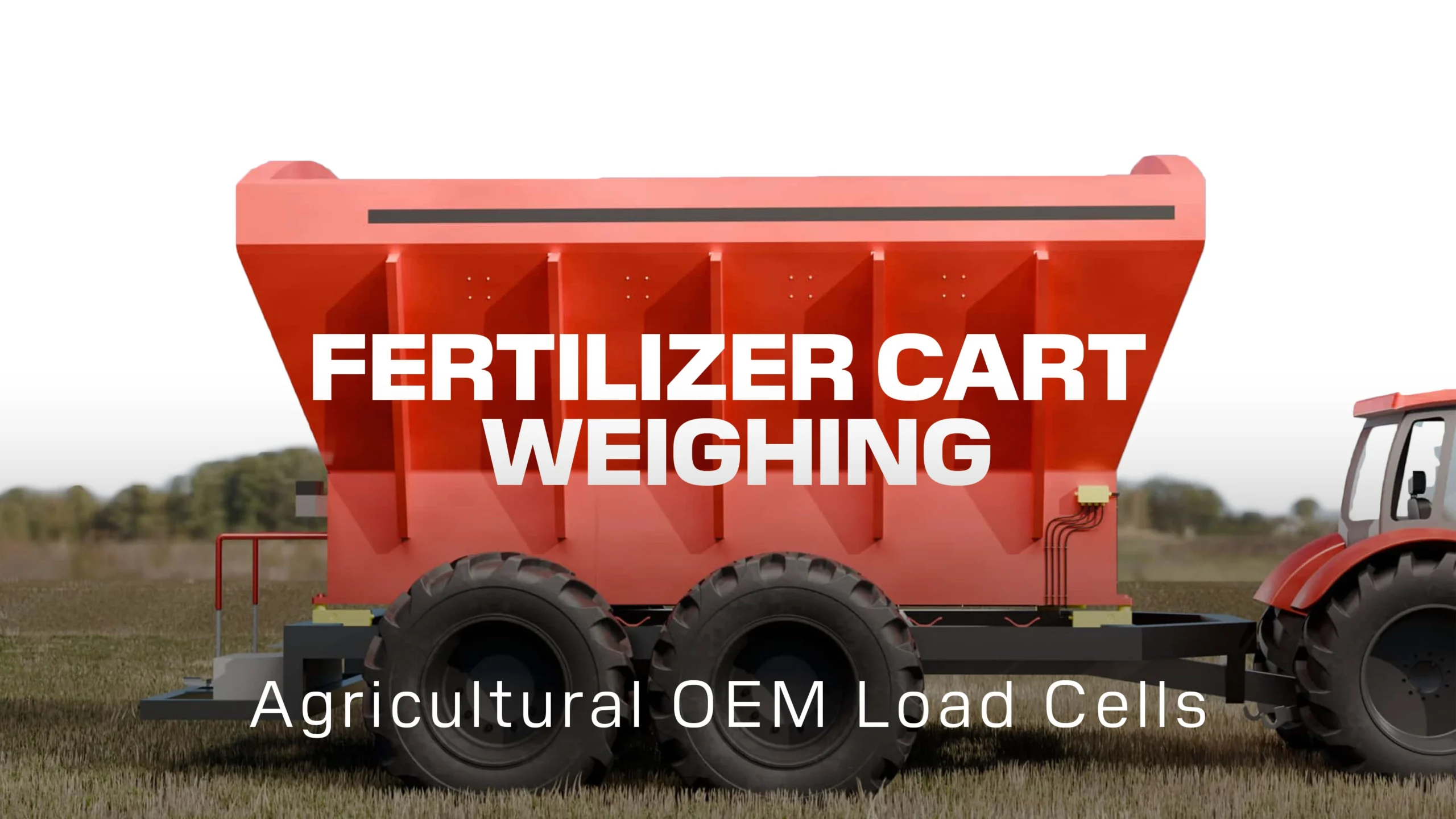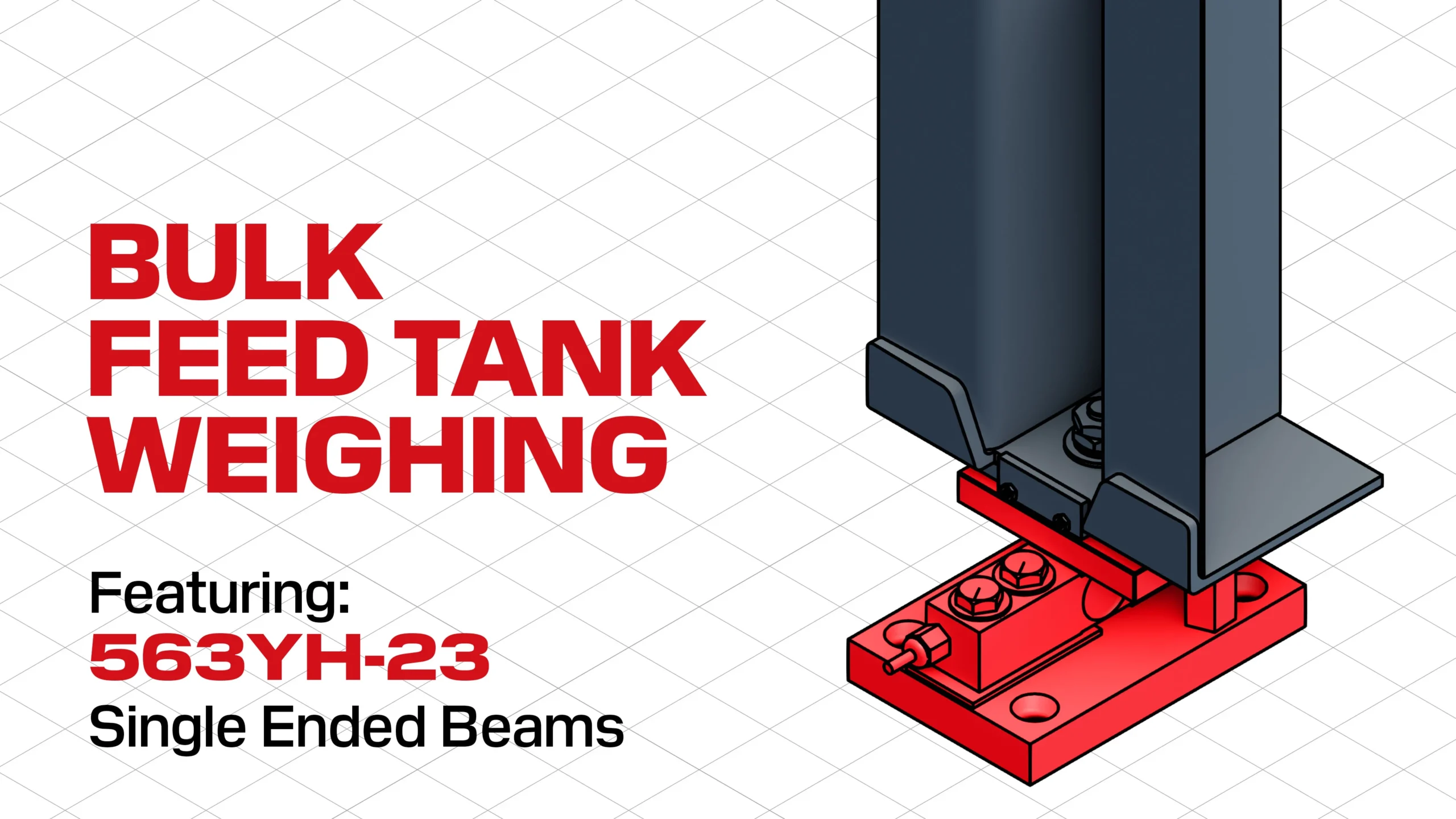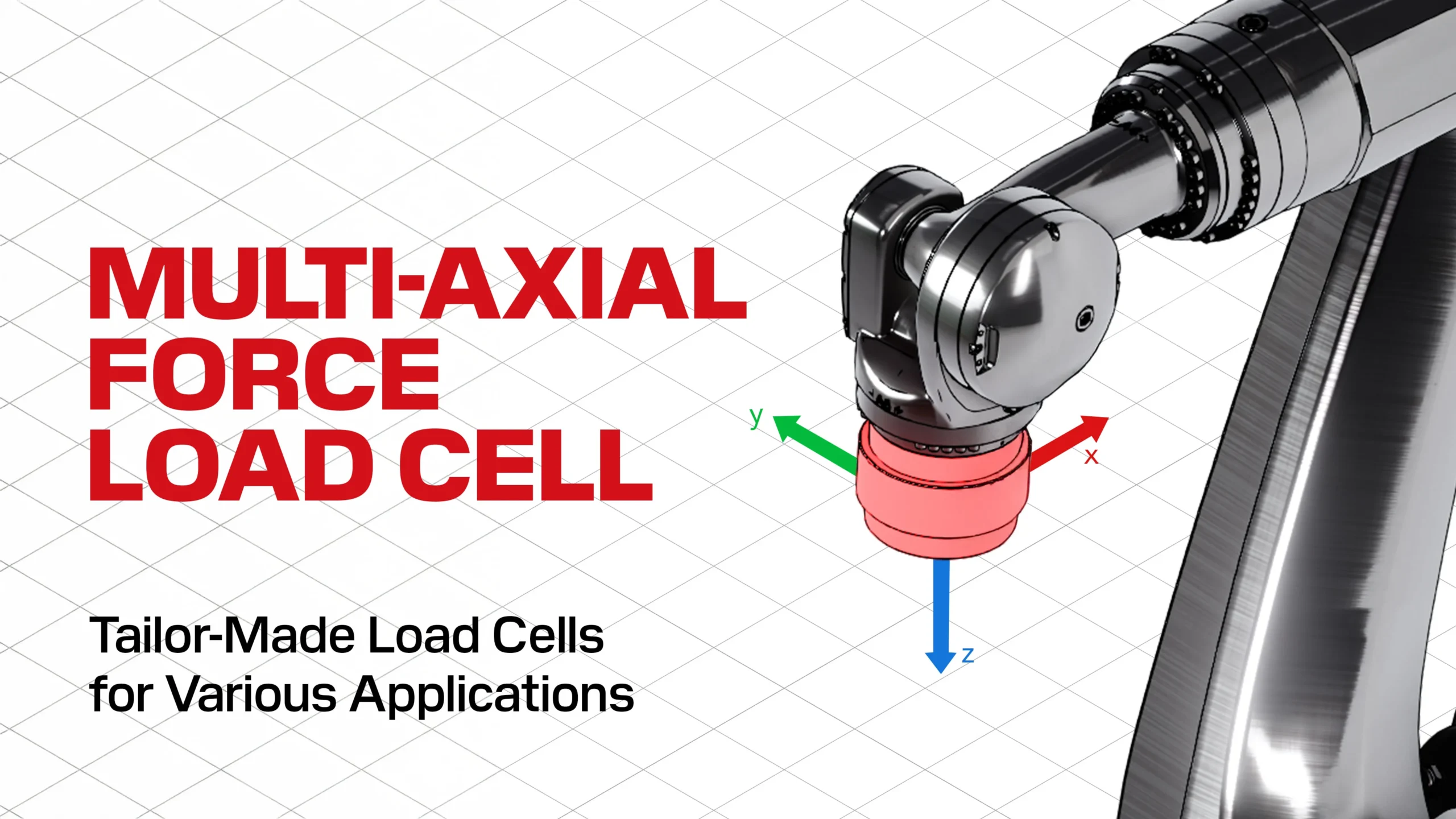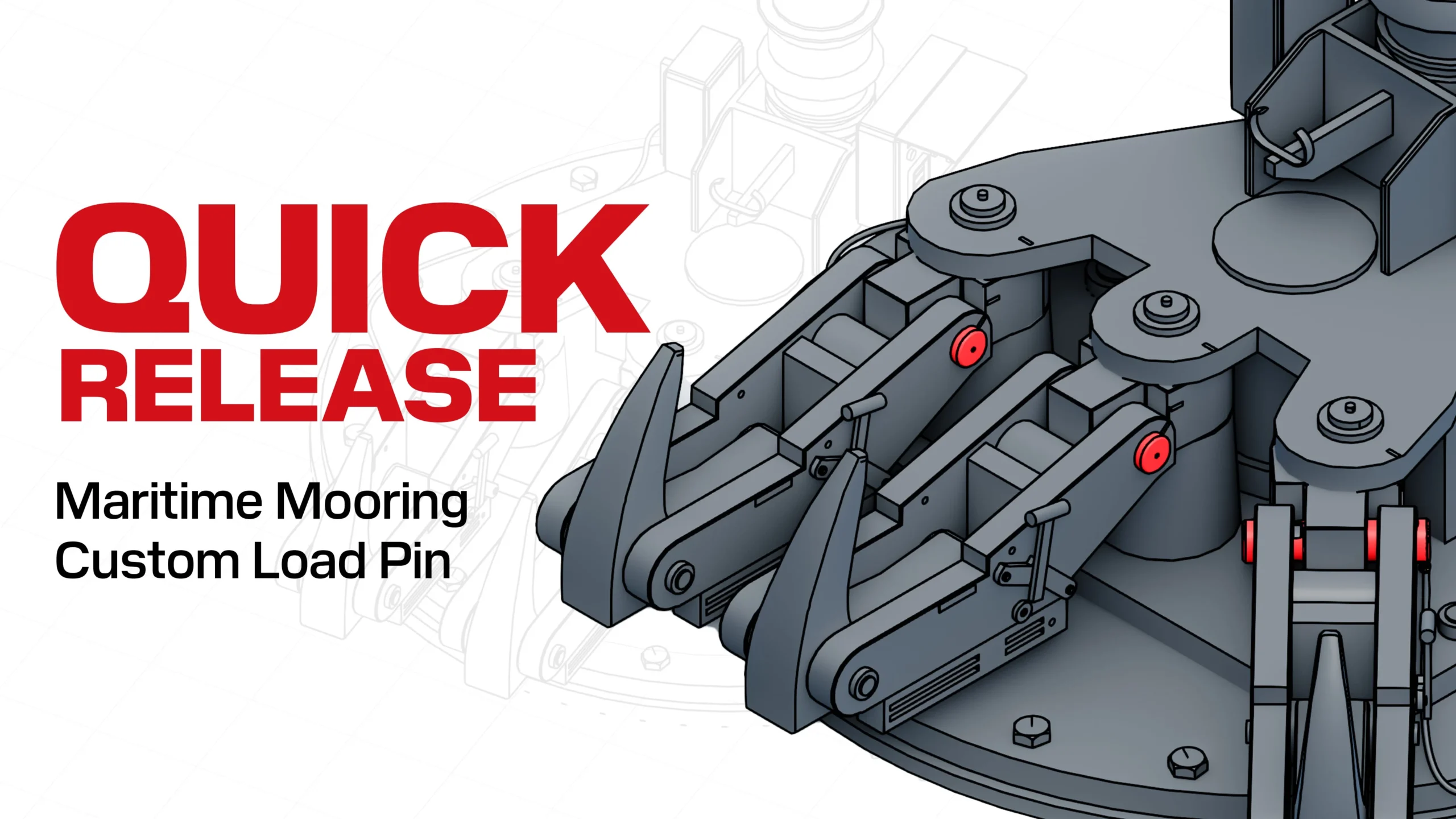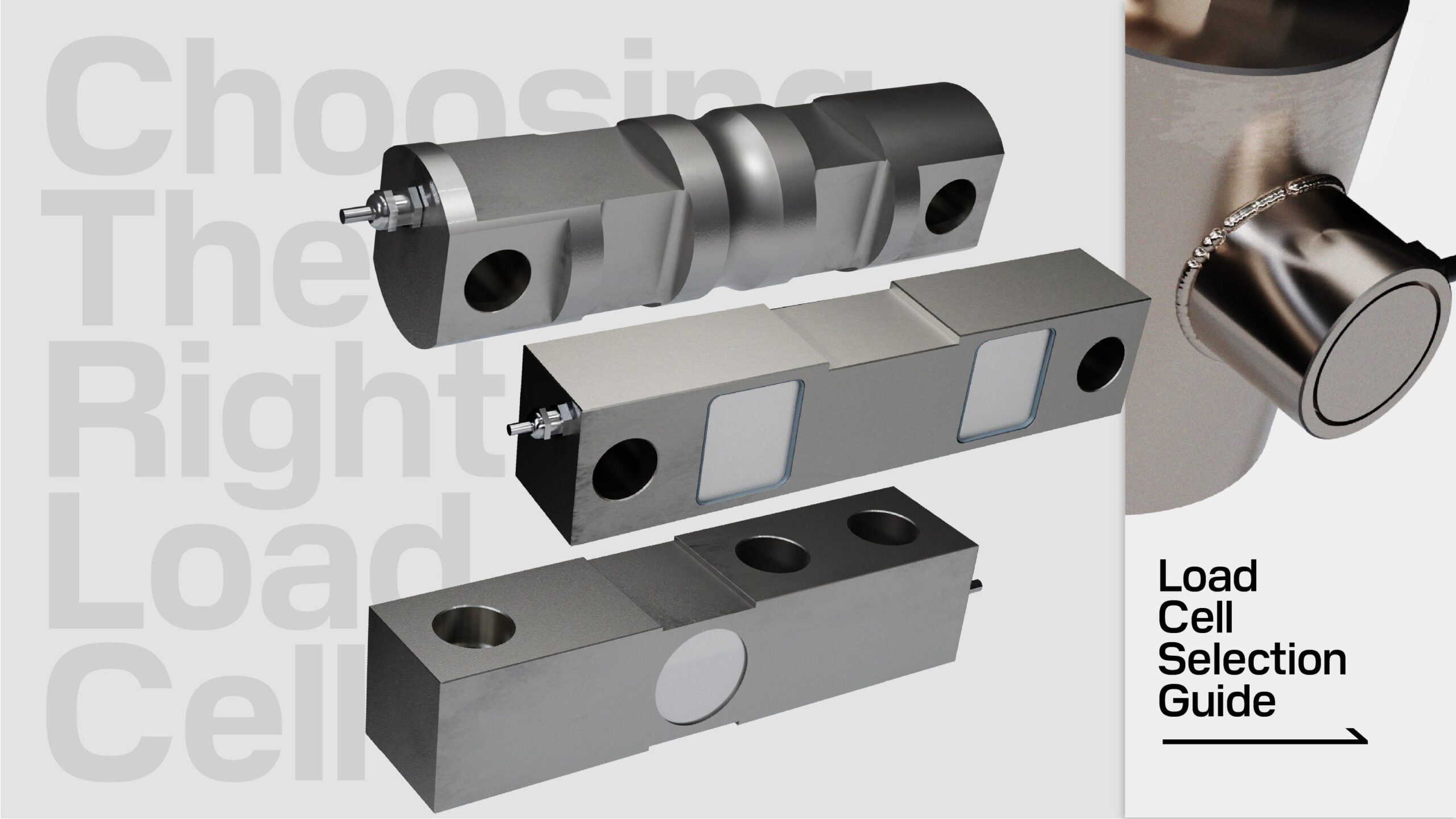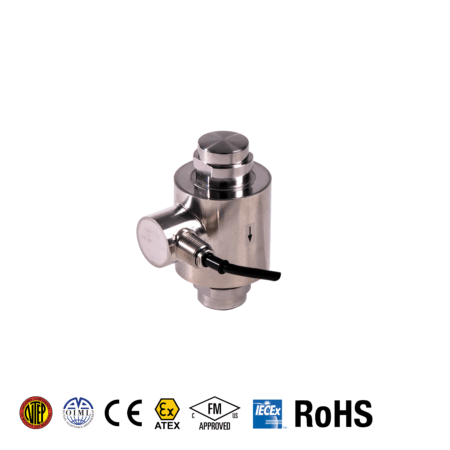Load Cells Help Optimizing Water Efficiency In Stressed Climates
Categories
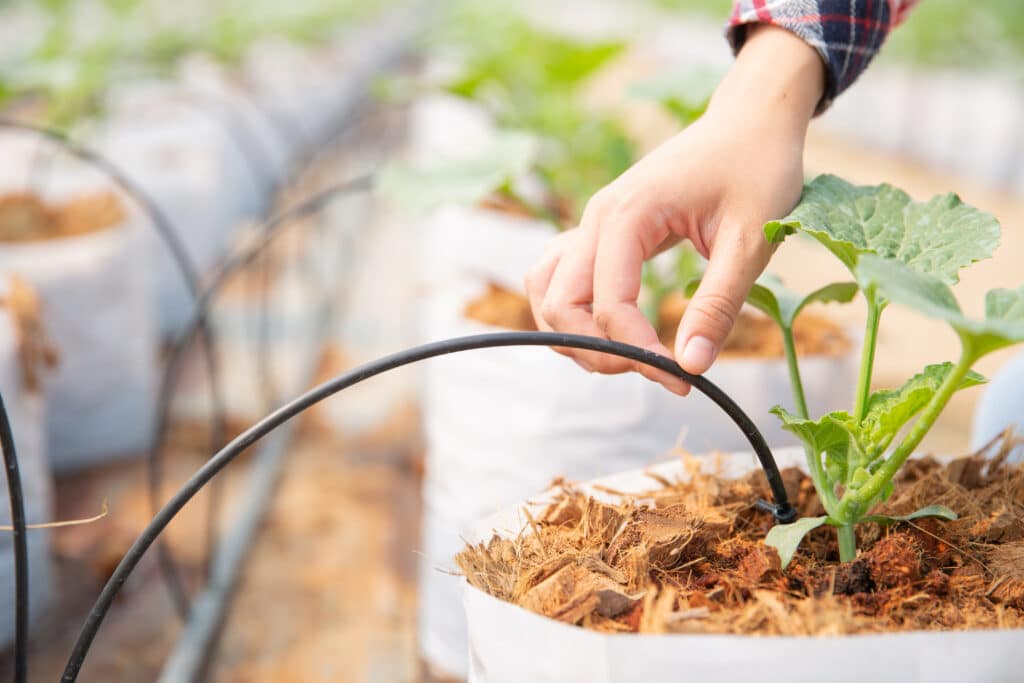
Let’s start from a question: How much water does it take to grow a single almond? On average it takes about 1.3 gallons (5 litres), and an avocado takes about 18.4 gallons (70 litres)
To mitigate the environmental impact of commercial agriculture, optimizing water usage is crucial. Despite being the largest global water consumer, agriculture’s water efficiency remains low, with only a fraction directly benefitting plant growth. Enhanced water management not only boosts production quality and yields but also addresses rising consumption amid dwindling freshwater resources.
A leading agricultural technology team at a university focuses on researching and optimizing plant performance through efficient water usage. Their findings promise invaluable insights for water-stressed regions globally. These experts aim to ensure future food security by developing resilient crop strains, employing cutting-edge technologies, and studying plant stress physiology.
At their agricultural campus, a greenhouse experiment involves monitoring individual plant water consumption using a precise measurement system. This system, unaffected by temperature fluctuations, aids in reducing water and fertilizer usage, optimizing nutrient delivery, and detecting stress early on, ultimately expediting plant screening and enhancing productivity.
ANYLOAD proudly contributes to cultivating a sustainable future.
The Anyload 108TA following OIML C5 load cell plays a vital role in monitoring the small changes in weight over an extended period of time where the temperatures fluctuate in a day.
The Challenges
To accurately track very minute changes in weight of individual samples over a long period of time continuously. The tare weight of the plant containers are approximately 30kg, while the changes to the weight from moisture fluctuations only vary by a few grams over many hours and days. Therefore, the load cell must account for creep over time, even by a few grams as such small changes could compromise entire datasets. This must all be performed in a green house environment where the temperature fluctuates dramatically between 59-104ºF (15 – 40ºc), and while the high humidity may threaten to compromise the body circuitry of the load cell over its service lifetime
The Solution
Anyload’s 108TA OIML C5 load cells, with temperature compensation tailored specifically for the greenhouse climate to provide an even greater degree of accuracy than OIML standard C3 of 14-104ºF (-10-40ºc). Anyload is passionate about providing custom weighing solutions for any application. We are committed to delivering the best product for the job, eager to rise to any challenge.
